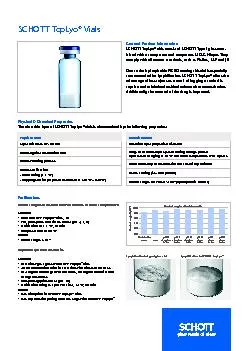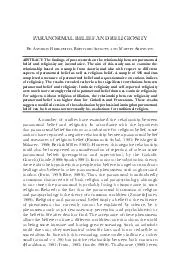PPT-Host: Schott Foundation for Public Education
Author : giovanna-bartolotta | Published Date : 2017-06-30
Presenter Applied Research Center Welcome to the Webinar Please stand by while others are joining the call February 27 2013 Racial Equity Impact Assessments A
Presentation Embed Code
Download Presentation
Download Presentation The PPT/PDF document "Host: Schott Foundation for Public Educa..." is the property of its rightful owner. Permission is granted to download and print the materials on this website for personal, non-commercial use only, and to display it on your personal computer provided you do not modify the materials and that you retain all copyright notices contained in the materials. By downloading content from our website, you accept the terms of this agreement.
Host: Schott Foundation for Public Education: Transcript
Download Rules Of Document
"Host: Schott Foundation for Public Education"The content belongs to its owner. You may download and print it for personal use, without modification, and keep all copyright notices. By downloading, you agree to these terms.
Related Documents














